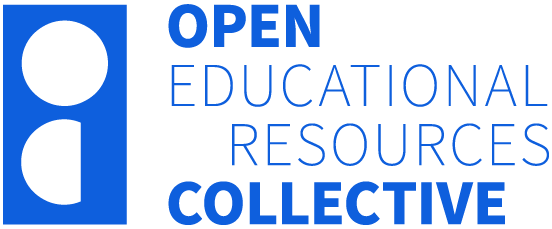13 Making Meetings Accessible
Learning Objectives
- Have an understanding of what you can do to make your meetings more accessible for every team member.
What to Consider:
While you are working with your team to plan your meeting, it can also be helpful to think about ways to make the meeting inclusive and accessible for all members. Use the following questions as prompts to either reflect on individually or discuss as a group whether they would benefit your team.
These questions have been adapted from The Autism NOW Center (2013).
- Is the meeting space accessible to everyone?
- Ensure the meeting space can be easily accessed (eg. easy for everyone to find and physically easy to get to), has comfortable seating options, and there are minimal distractions (eg. it is in a quiet area and the room itself does not have lots of busy decorations). Choosing somewhere central like the library or the engineering building is usually a good start.
- Does everyone know what the meeting will be about prior to arrival?
- Eg. Someone sends email or message in the group chat reminding everyone about the upcoming meeting and what will be discussed/ what the aim of the meeting is.
- Hint: if you discuss what will be covered at the next meeting each time you meet, this will already be covered!
- Understanding the purpose or the meeting also helps keep the group focused and on task and reduces uncertainty for those who like structure.
- Have you made sure there are breaks during the meeting?
- Especially if they are longer than an hour, sitting for long periods of time can be challenging for some people and decreases overall productivity.
- Accessing the Pomodoro timer website and using the timer there can be helpful to keep meetings on track and maximise productivity.
- Has everyone had the opportunity to share their thoughts?
- Some people may prefer to write something down instead of talking.
- If you notice someone hasn’t had a chance to speak, find a way to include them in the conversation so they can have their voice heard. Some people don’t like being put on the spot, so it may be better to talk to them 1-1 during a break, or after the meeting.
- Is the meeting environment free from strong scents, loud noises and harsh lighting?
- Be aware of the sensory environment for the meeting. This can include any strong scents such as perfumes, loud noises, or fluorescent lighting which may be uncomfortable for some team members.
- Is the discussion moving too quickly for everyone to keep up?
- As a group, be mindful of the speed of discussion. Sometimes talking really fast can be difficult for other members to keep up with, meaning they miss lots of information.
- At various points, it is good practice for a team member to briefly summarise the key points that have been raised so the whole group can understand.
- Are you ensuring all forms of communication are accepted?
- Remember everyone communicates in different ways: not everyone is comfortable with eye contact, some people have a flat affect (not outwardly indicating emotions), some people stim to regulate, some love to engage in small talk throughout a meeting. These differences are all valid and important.
- Look over the previous chapter titled ‘Communication Styles’ to deepen your understanding of this topic and reflect on any biases you may be holding towards your teammates.
- If the meeting is online, have you discussed considerations as a team?
- If your meeting is online, consider what you can do to help everyone have a chance to speak. Do you use the raise hand function on zoom, nominate one person to run the meeting each time or use the chat function predominantly? Online meetings often require a few additional considerations, as opposed to in person meetings.
- Have a discussion as a team about what you might all need when meeting online, or any suggestions that may help. Also consider discussing whether everyone will have their cameras on, if everyone has a working microphone and whether the meeting will be recorded if other team members are unable to attend.
Here is a PDF copy of this checklist for you to print and have available at your meetings if you want your own copy for reference: Making Meetings Accessible Checklist
Key Takeaways
- It is important to consider different needs when having a team meeting. Have a think about what you can do to help make others feel comfortable and also what you might need from others in your team.
These are some of the words you may have come across in this chapter:
Making sure that everyone is treated fairly and can take part in the same activities or use the same spaces.
Making sure that everyone can use and understand spaces, information, services, or programs.

